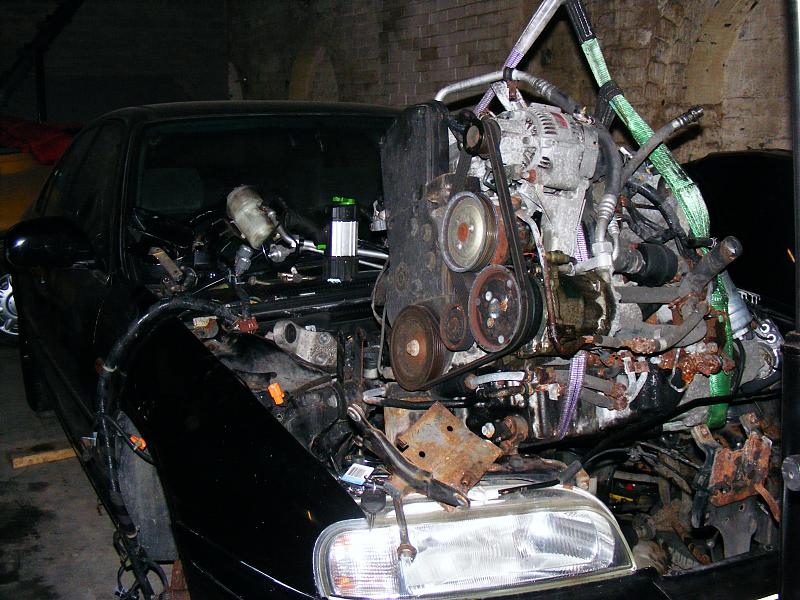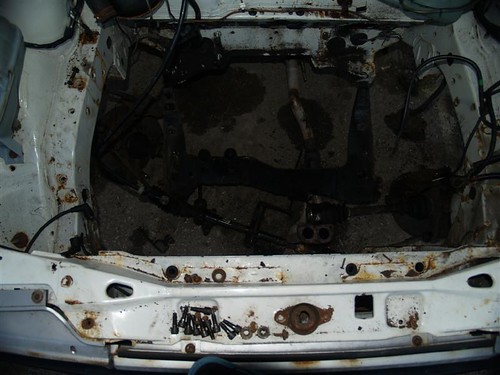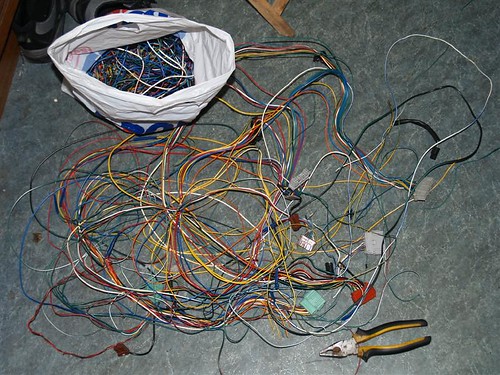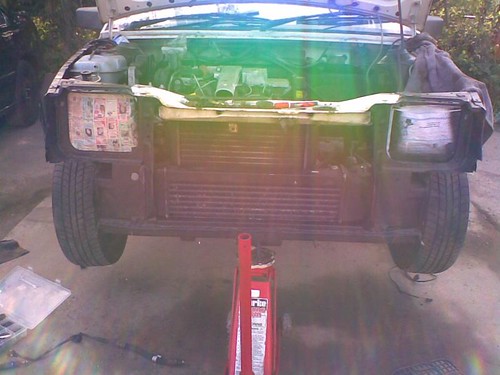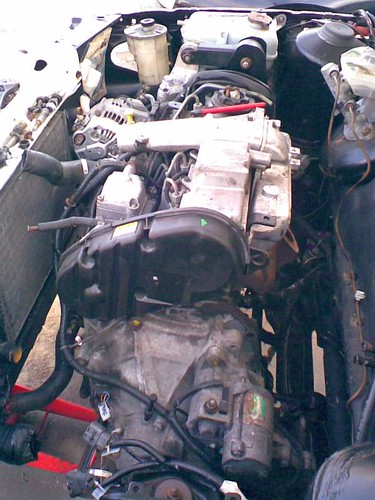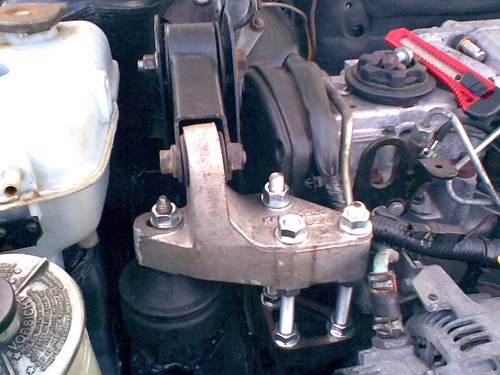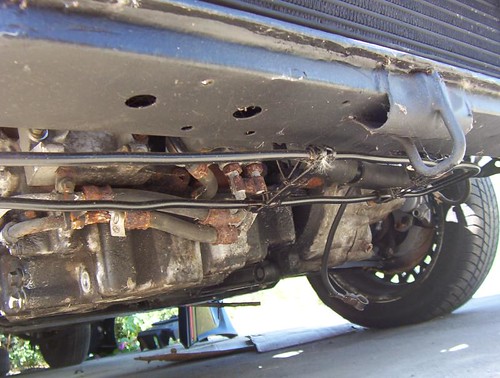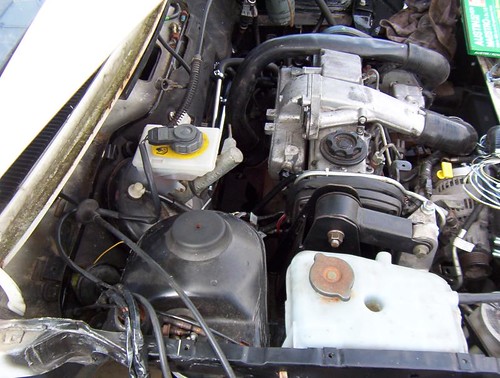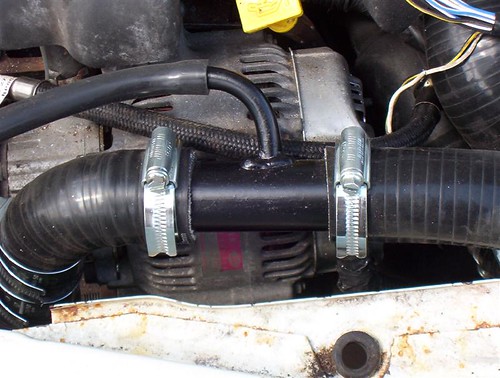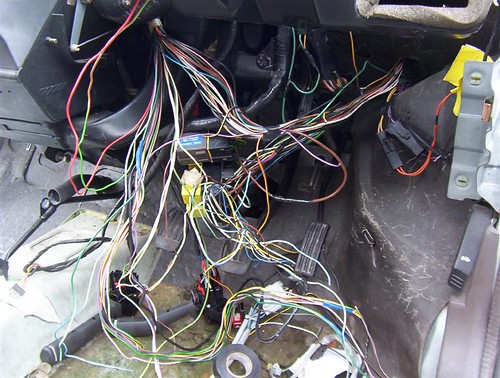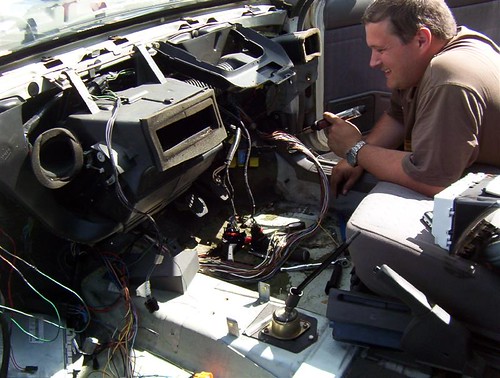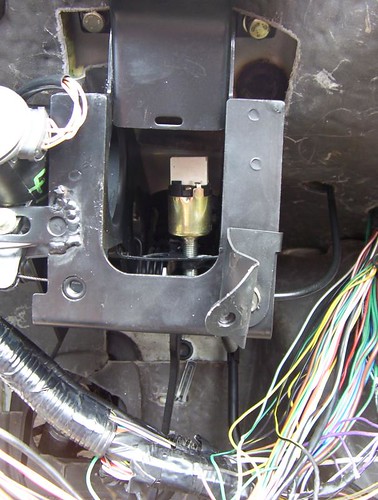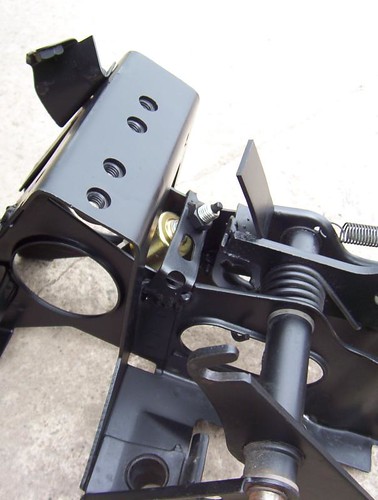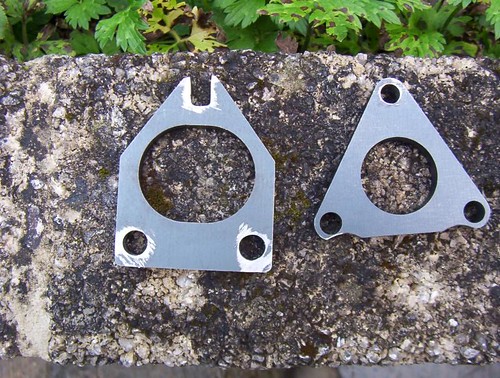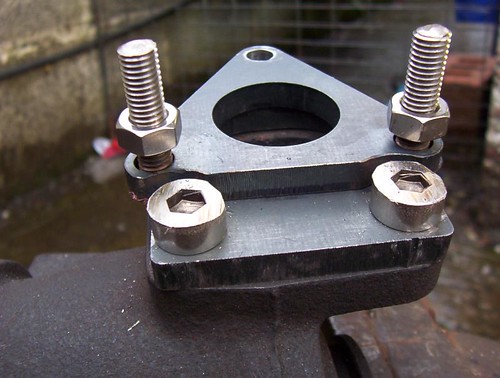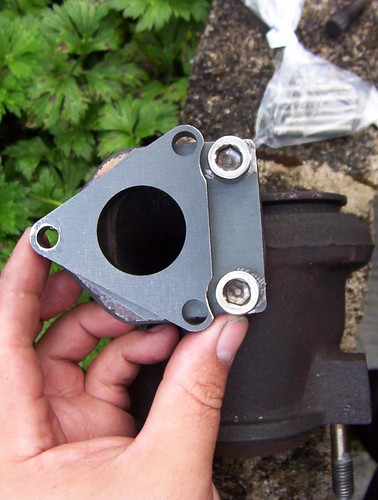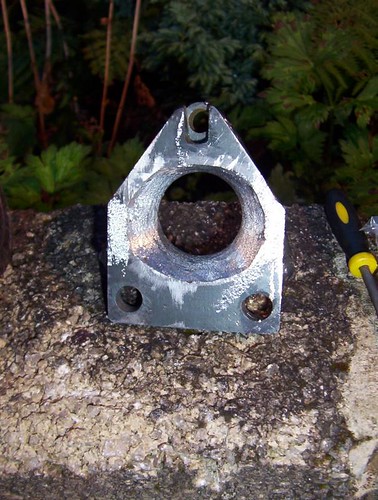In this blog I'm going to put down my progress (or lack of it), on my maestro campervan.
A brief bit of history:
I bought an old campervan several years ago. It wasn't in wonderful condition but I welded it up and got it an MOT etc and fitted a turbo diesel engine to it to replace the rather old (nearly 200k mile) normally aspirated diesel.
The new engine had a few tribulations, as it went through 2 headgasket changes, but it went well and I tuned it for a LOT more power than it originally came with, ~110bhp by my guestimates.
Anyhow a few MOT's later the wheelarches were looking scabby and one of the rear sill sections needed replacing (not suprising since they were originals at 230k miles!). I put on the new sill and one of the arches and then had a poke around underneath and found a couple of tiny holes. These were going to be easier to fix from above so I took the carpet out and had a poke around. To my horror the top of prettymuch every box section was rotten. This was going to be a very difficult repair and would take a long time. It wasn't spotted from underneath so the MOT man wouldn't care, but I wasn't happy with such a structural part being defective and so it was left on the drive whilst I wondered what to do.
One day whilst browsing e-bay she spotted a ledbury van at a reasonable price on e-bay. It looked ok, but was a petrol engine. However as I've done the diesel conversion already I wasn't too worried. Without even looking at it I clicked the buy-it-now button and arranged to collect it.
The "new" campervan in the making
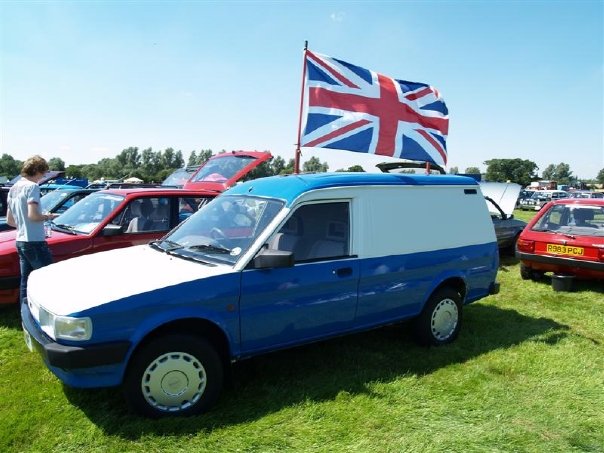
I stripped all the camper specific bits and anything useful out of my campervan and scrapped the shell. I collected the new van and now my mission is to turn my new van into a campervan!
There wasn't a lot left of my van I didn't save!

As usually I don't make things easy for myself and it is hopefully going to undergo a colour change and an engine swap too. I'm going to go for diesel again but I'm going for a more modern engine, the rover L series engine (which is the next evolution of the Perkins prima in my old van). I'm making things even more complicated for myself by also wanting to upgrade a few things along the way such as the suspension, the brakes, the wheels, the interior and last but not least the engine!
I'll detail these in future blogs when I get a moment. Hopefully I won't bore you all to tears!
Right thats it from me for now. TTFN.
